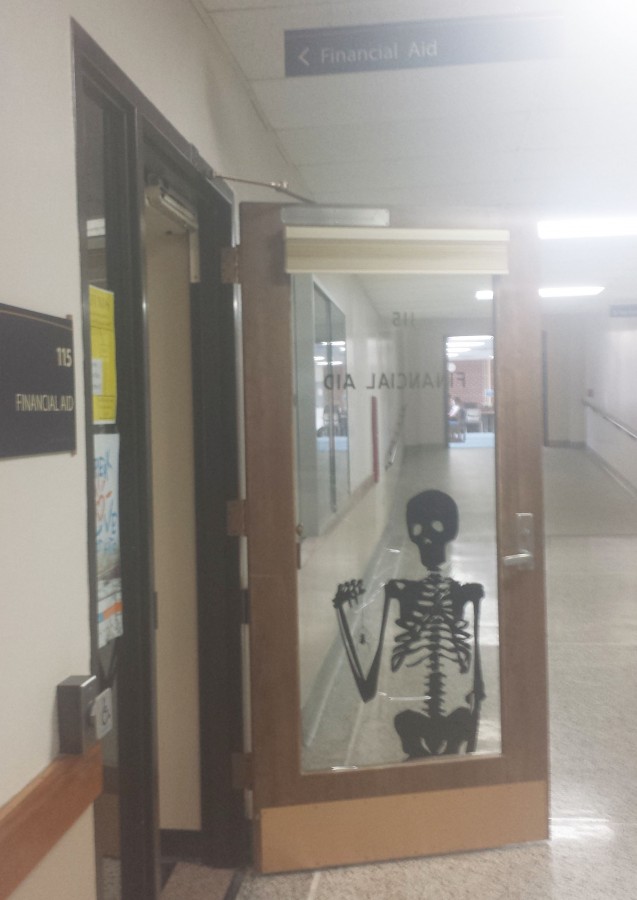Federal Perkins Loan not re-authorized, impacting UWEC students
Expiration of popular federal loan impacts financial aid for students on campus
More stories from Trent Tetzlaff
Photo by Trent Tetzlaff
The office of financial aid which set up students with high financial aid needs with the Federal Perkins Loan since the 1960’s will no longer do so as the loan expired last month.
The Federal Perkins loan, a program in place to help students with high financial need, expired on Sept. 30 after it wasn’t re-authorized by congress.
The loan, which has been available to UW-Eau Claire students since 1958, offered a low-interest loan to students who qualified for high financial aid needs, Kathy Sahlhoff, Director of Financial Aid at UW-Eau Claire said.
Sahlhoff said the loan was the average amount of $2,028, which served 1,099 Eau Claire students a year over the last four years and will not be replaced with another loan.
Senior biology student Kali Draeger said the loss of the Federal Perkins Loan is something that could hurt the ability of students in the future to be able to pay for school or find a reasonable loan.
“I think not being able to accept government loans would force students to turn to private lenders that have higher interest rates,” Draeger said. “In turn this would force students into more debt through their college loans.”
With the Perkins Loan expiring this past month, Draeger said she believes many will have to look to other places for educational funds such as their parents.
“Personally I’d feel terrible if my parents had to completely pay for my schooling,” she said. “I think students might get discouraged from attending college if they knew less aid was being offered.”
The Perkins Loan, which had a five percent interest rate, lower than most outside lenders, is a subsidized loan meaning interest isn’t gained on it until you start to pay it off.
Sahlhoff said the loan is pretty significant and is an important resource for students who need help paying for college, as it is around a $2 million resource going away with little notice to students.
“It’s unfortunate because many people that would qualify for the Perkins Loan are people that can’t turn to private outside loans to replace the loan,” she said. “Those loans are given out by banks and credit unions who most likely will look at your credit history before signing off.”
Sahlhoff said overall the Perkins Loan did a good job of filling a very important need in today’s economy by meeting people’s overall living and educational expenses while they are in school, as just in Wisconsin over 20,000 students were aided by the loan.
Although some resources may be available for people who need extra funding without the Perkins Loan, Sahlhoff said they aren’t easily obtainable and in return many students will have to turn to unsubsidized loans which gain interest each year in school.
“For people that have a few years in front of them before they graduate,” Sahlhoff said. “Having to pay interest on their loans can make a big difference.”

